One of the biggest challenges in crisis communication is the speed at which information spreads. Social media and online platforms enable news to be disseminated worldwide within seconds. However, this also creates space for disinformation, whether intentional or accidental.
Today, information is shared in real time. This means that false or misleading information can spread incredibly fast, significantly shaping public perception. Crisis communication plays a crucial role in handling unexpected events and emergencies. Developing strategies to counteract disinformation while ensuring clear, transparent, and credible communication is essential.
Larger corporations and organizations have entire teams dedicated to communication. Smaller businesses and NGOs, however, often lack in-house communication departments and have limited financial resources. Yet, they too must be prepared for crisis situations, as negative events can quickly endanger their reputation and public trust. Well-thought-out crisis communication helps minimize damage and maintain organizational stability.
Providing Information
Crisis communication encompasses all measures taken to communicate effectively with all stakeholders during and after a crisis. This includes employees, customers, partners, the media, and the general public. The goal is to build trust, prevent panic, and protect the reputation of the affected organization.
A proactive communication strategy ensures that information is provided early and regularly. By sharing accurate and consistent information, the spread of disinformation can be prevented before it even arises. Regular updates and clear messaging are crucial to maintaining control over communication.
Reaction Time is Critical
Continuous monitoring of the media landscape and social networks is essential for identifying and addressing disinformation swiftly. Specialized tools and software solutions can help detect fake news and misleading information.
When a crisis occurs, responding quickly to disinformation is key. The speed of response determines how effectively the spread of false information can be contained.
Building Trust
Trust is the foundation of every successful communication strategy. Transparency and openness enable organizations to gain and maintain the trust of their stakeholders. Authenticity in communication is vital, including acknowledging mistakes when they occur.
Close collaboration with media representatives can help spread accurate information and counteract disinformation. Press releases, interviews, and regular press conferences are effective tools to keep the media informed and prevent the spread of fake news.
Employees should receive regular training and awareness sessions on disinformation. As the first point of contact for customers and the public, they play a crucial role in disseminating accurate information.
Identifying Crises Early
In a world where information is distributed in real time, organizations must be well-prepared with the necessary tools and strategies to combat disinformation and ensure clear, transparent communication.
Preparation is key. The first step is a thorough risk analysis:
- What risks are present?
- Where do external and internal conflicts lurk?
- Who might spread false information, and for what reasons?
A structured communication framework is necessary. This includes social media, newsletters, press releases, and the company website. It must be clearly defined how information is disseminated and who is responsible for internal and external communication. Establishing a crisis team composed of key company figures is essential. These individuals should be able to make quick decisions and communicate effectively.
Disinformation is Part of Everyday Life
After a crisis, gathering feedback from employees and customers is essential. Understanding perceptions of crisis communication helps identify areas for improvement.
The days when crisis communication was only about deciding what to say and what not to say are long gone. Increasingly, organizations must consider:
- What are others saying about us?
- Are those statements true or false?
The use of disinformation to discredit others has long been a tactic in politics. However, companies and organizations are not immune to such threats.

